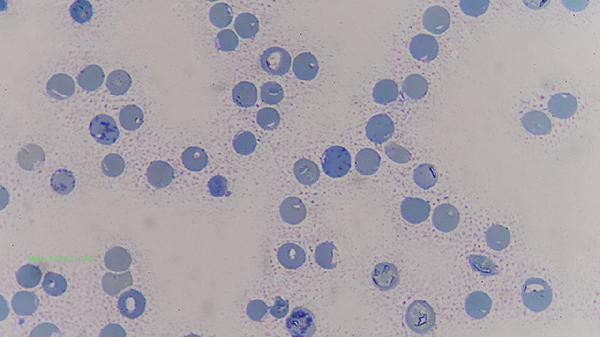Whole blood cell five classification test cannot directly diagnose cancer, but it can indicate potential risks through abnormal indicators. The main observation indicators include abnormal white blood cell classification, changes in red blood cell parameters, fluctuations in platelet count, abnormal neutrophil to lymphocyte ratio, and increased eosinophils.

1. Abnormal white blood cells:
Some cancers such as leukemia can cause a significant increase or decrease in the total number of white blood cells, accompanied by the appearance of immature cells. Lymphoma may cause an abnormal increase in lymphocyte proportion, but it needs to be diagnosed in conjunction with bone marrow biopsy. Inflammatory reactions or infections may also lead to similar changes.
2. Red blood cell parameters:
Decreased hemoglobin may indicate occult bleeding caused by gastrointestinal tumors, and abnormal average red blood cell volume may be associated with myelodysplastic syndrome. Chronic anemia is common in cancer patients, characterized by an increase in the width of red blood cell distribution.
3. Platelet fluctuations:

Solid tumors may cause paraneoplastic syndrome, leading to an increase in platelets, while hematological malignancies may cause a decrease in platelets. Persistent unexplained platelet count abnormalities should alert us to the possibility of malignant tumors.
4. Neutrophil ratio:
The increased ratio of neutrophils to lymphocytes may be related to solid tumors such as lung cancer and pancreatic cancer, reflecting the inflammatory state of the body. But the specificity of this indicator is low and needs to be combined with tumor marker examination.
5. Increased eosinophils:
Hodgkin lymphoma, T-cell lymphoma, etc. may be accompanied by increased eosinophils, and parasitic infections or allergic diseases can also cause similar changes. Diagnosis needs to be confirmed through pathological biopsy. In the five classification examination of whole blood cells, it is recommended to focus on changes in indicators that are persistently abnormal and cannot be explained by common diseases. When people over 40 years old have unexplained abnormal blood tests, tumor markers and imaging examinations should be improved. Maintain a regular daily routine and balanced diet to avoid overinterpreting individual test results. Any abnormal indicators should be comprehensively judged by professional doctors based on clinical manifestations. It is recommended that high-risk cancer patients undergo targeted screening such as chest CT and gastroscopy every year.









Comments (0)
Leave a Comment
No comments yet
Be the first to share your thoughts!